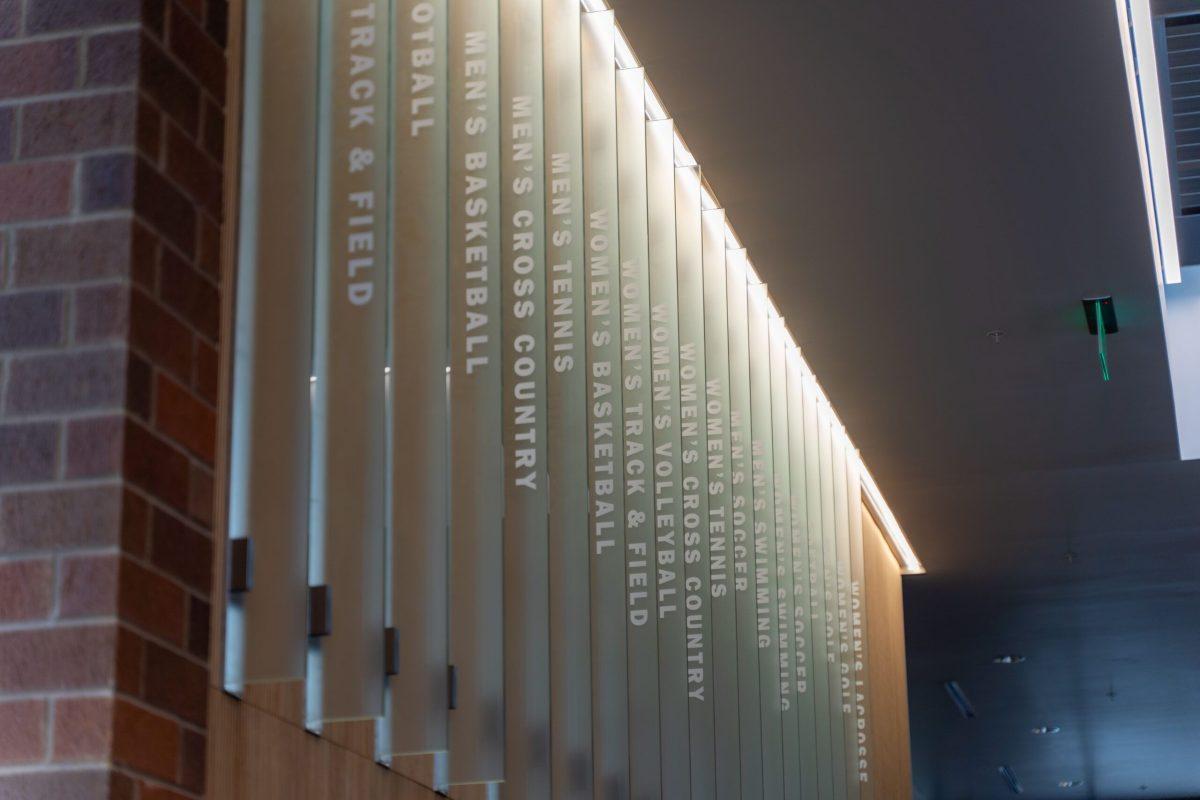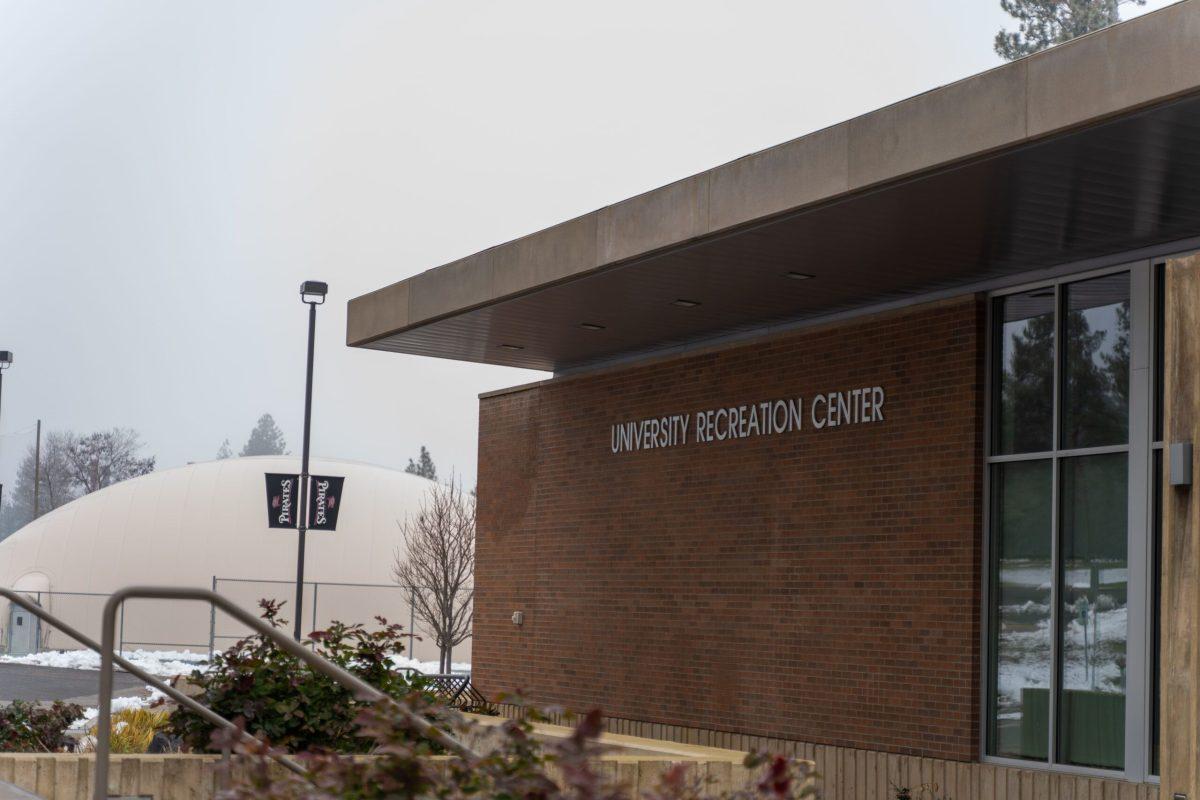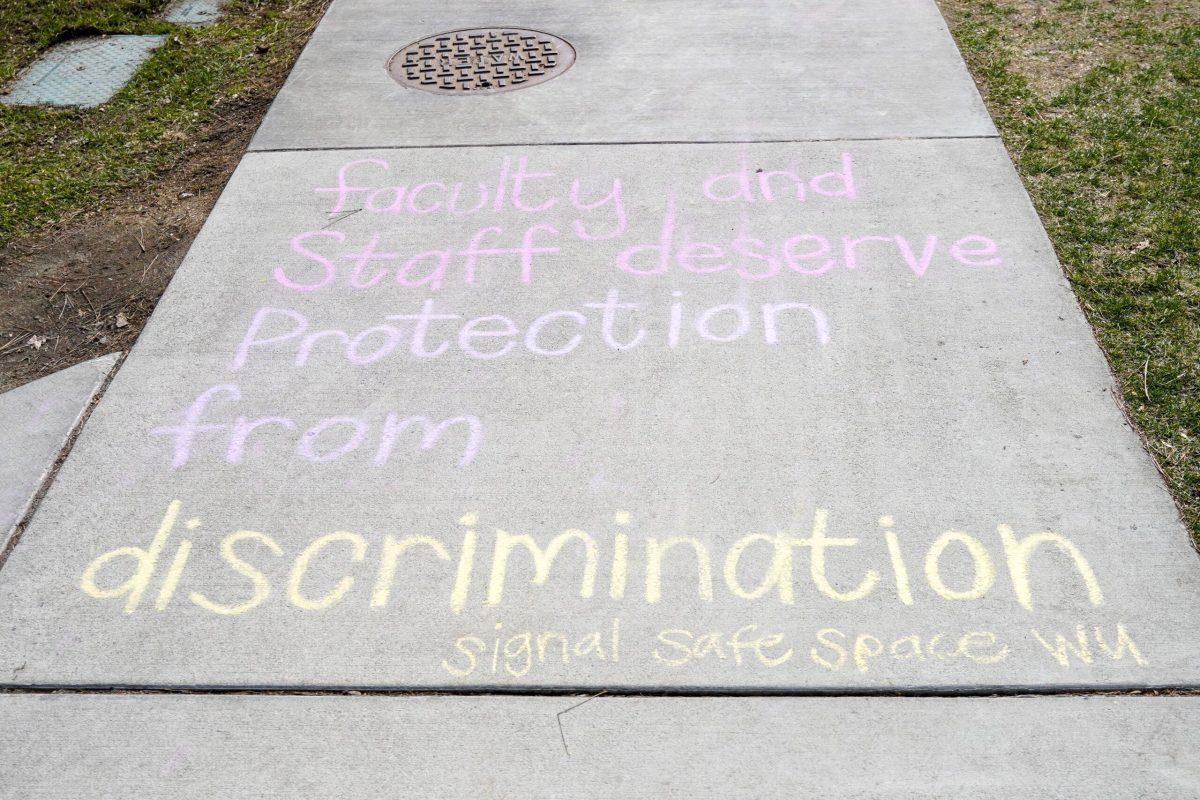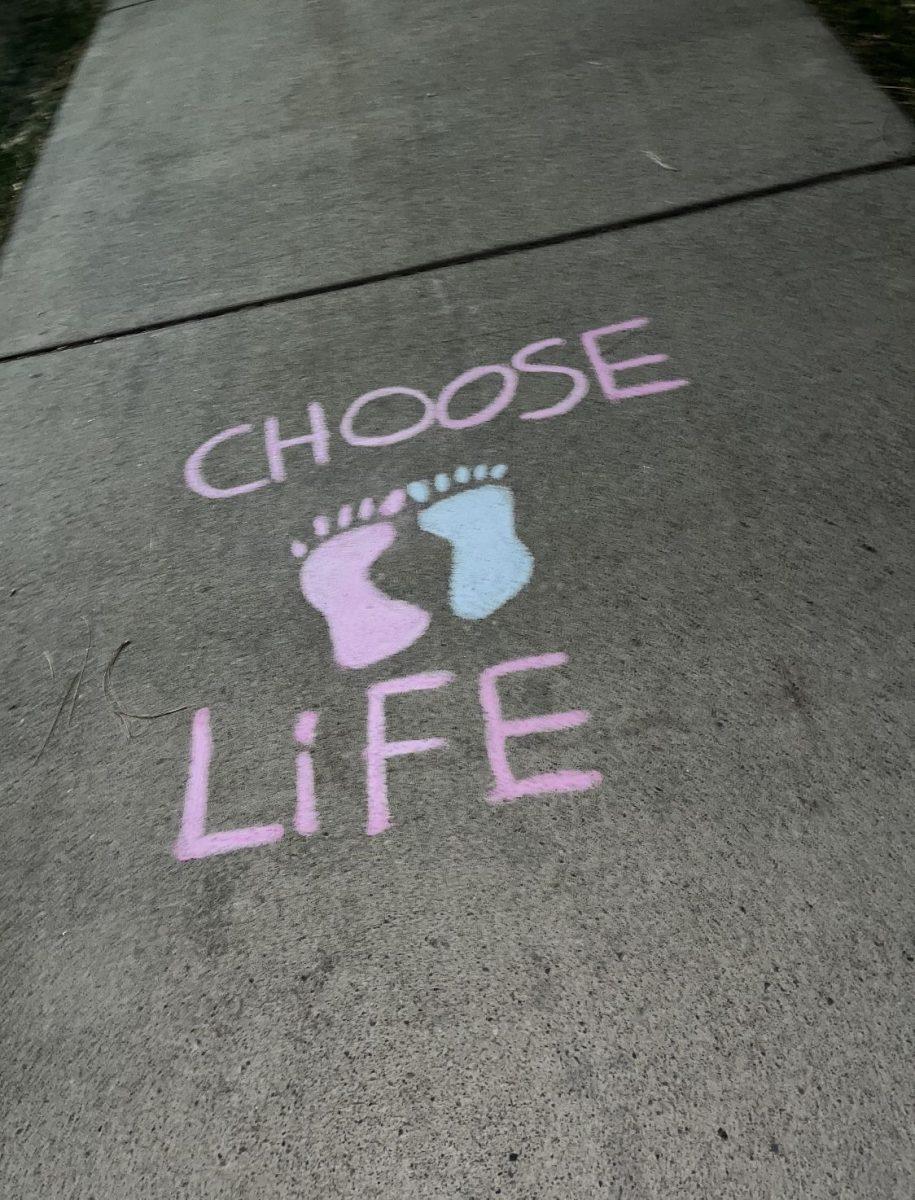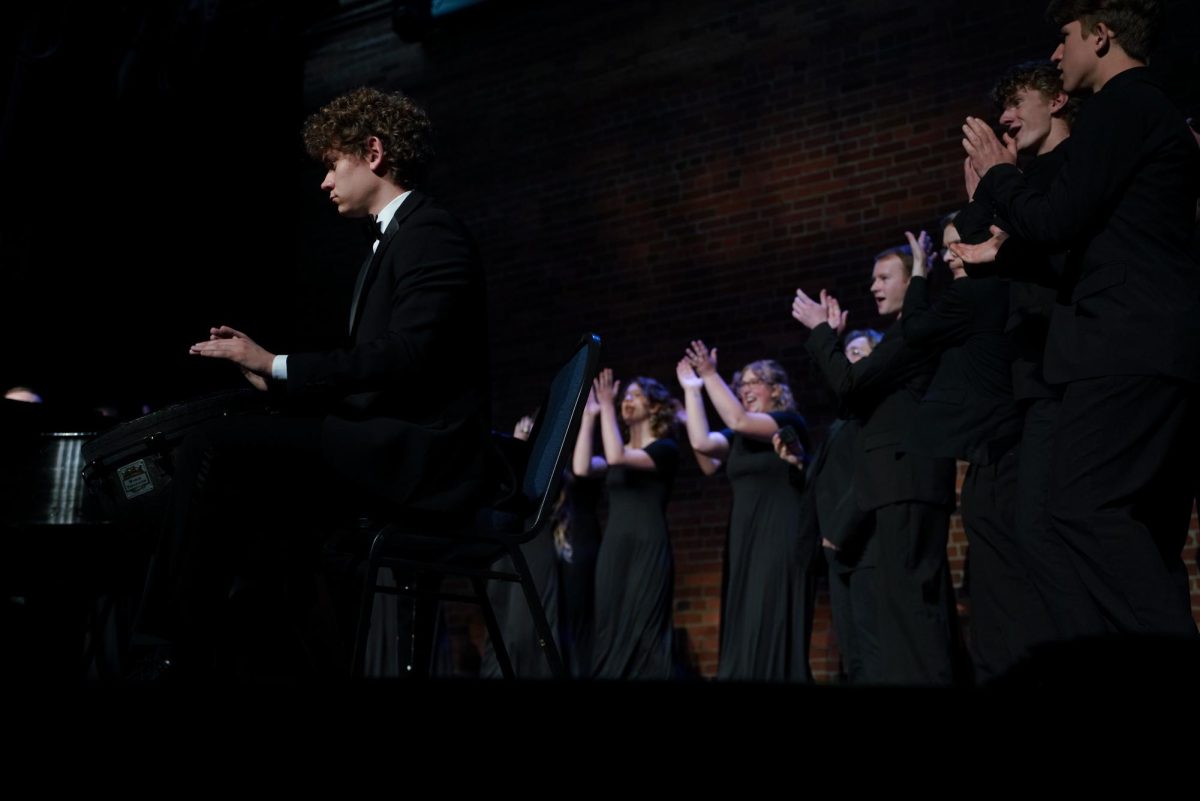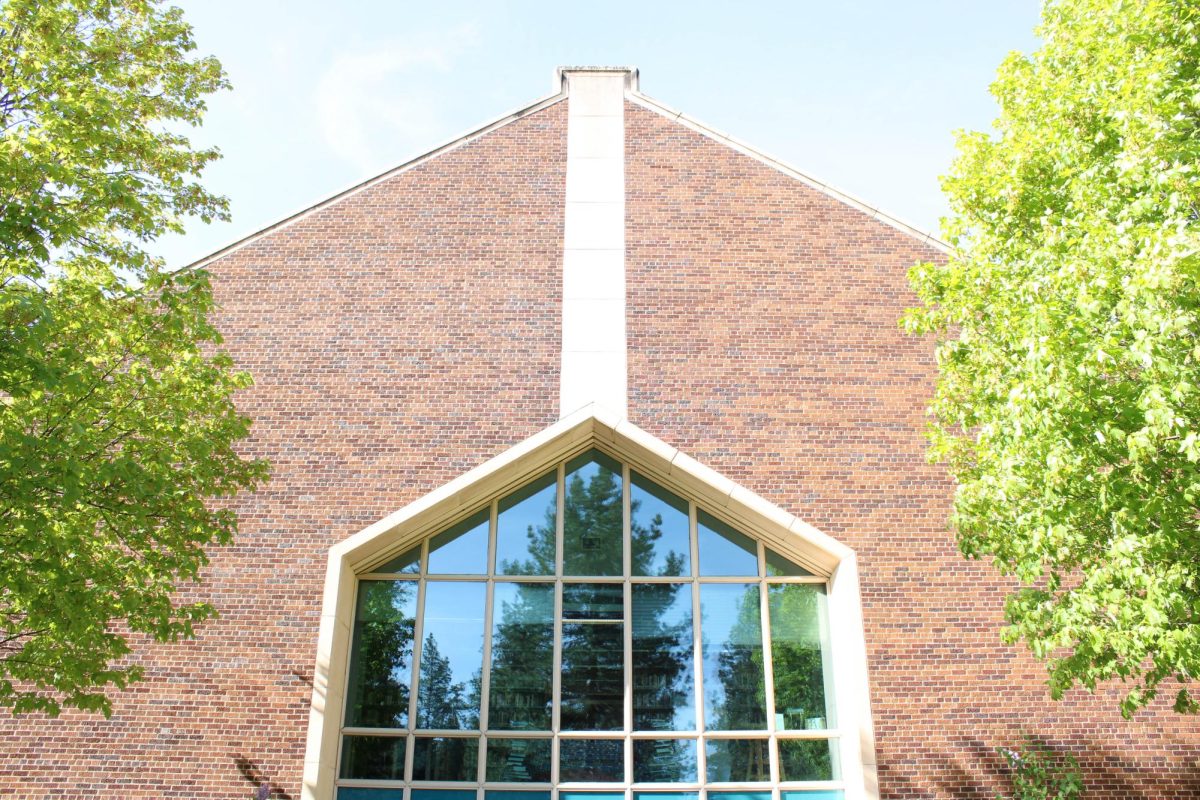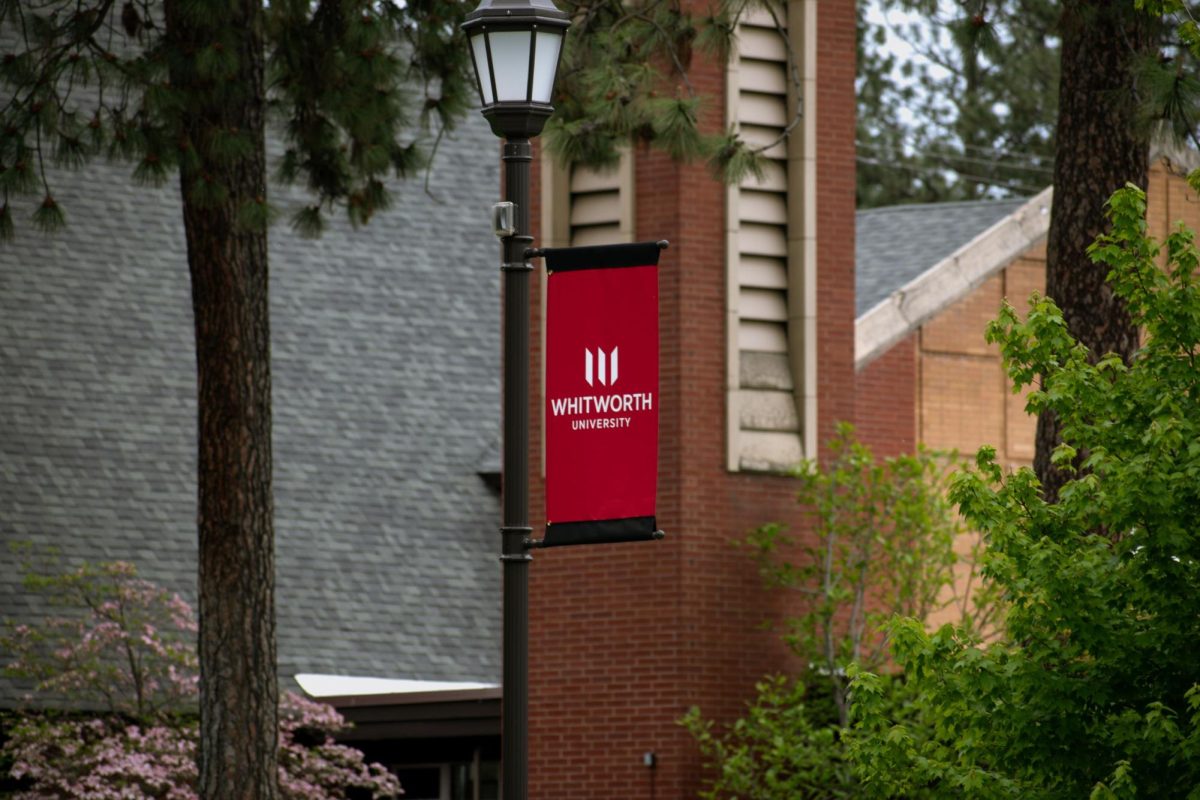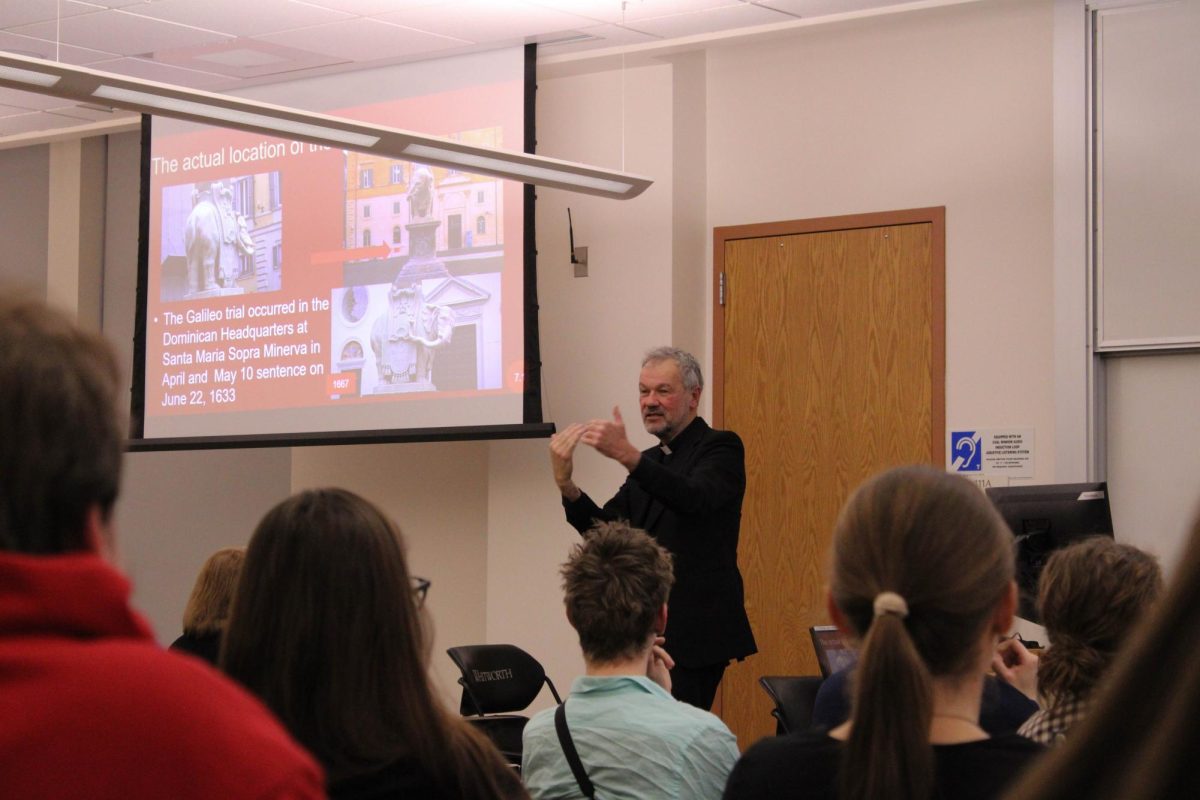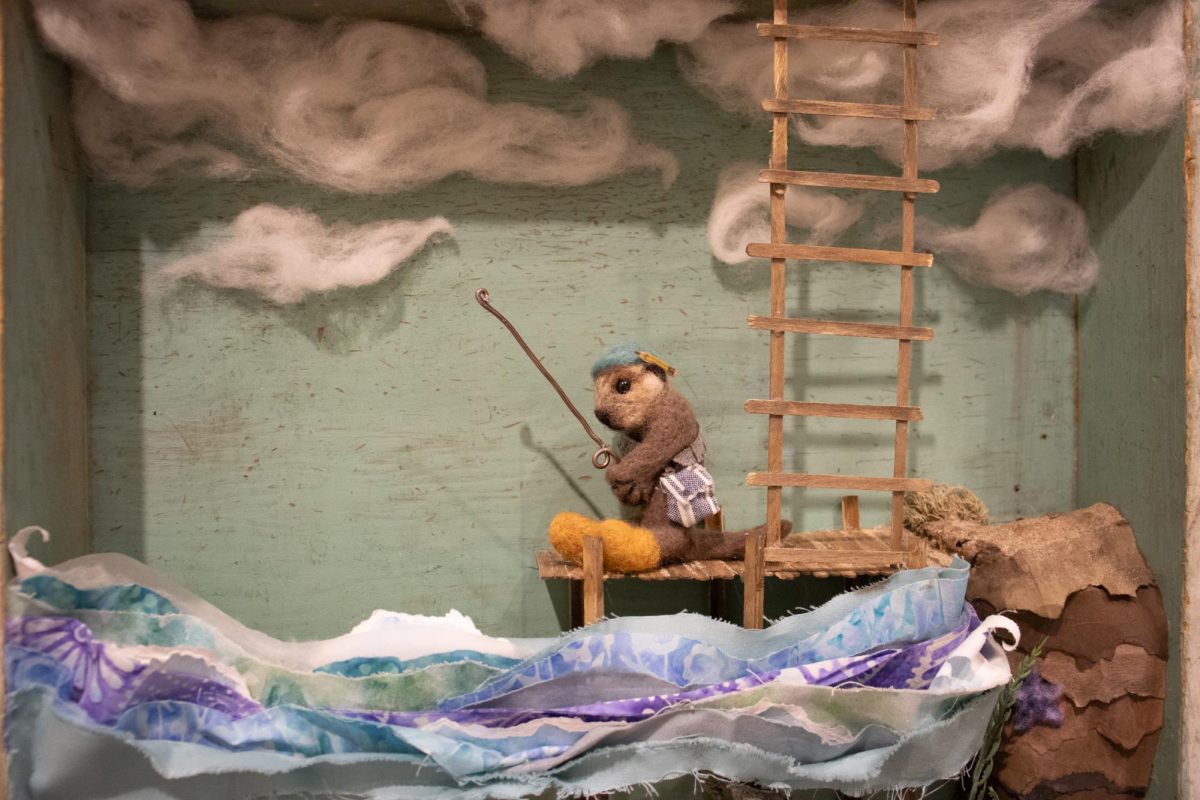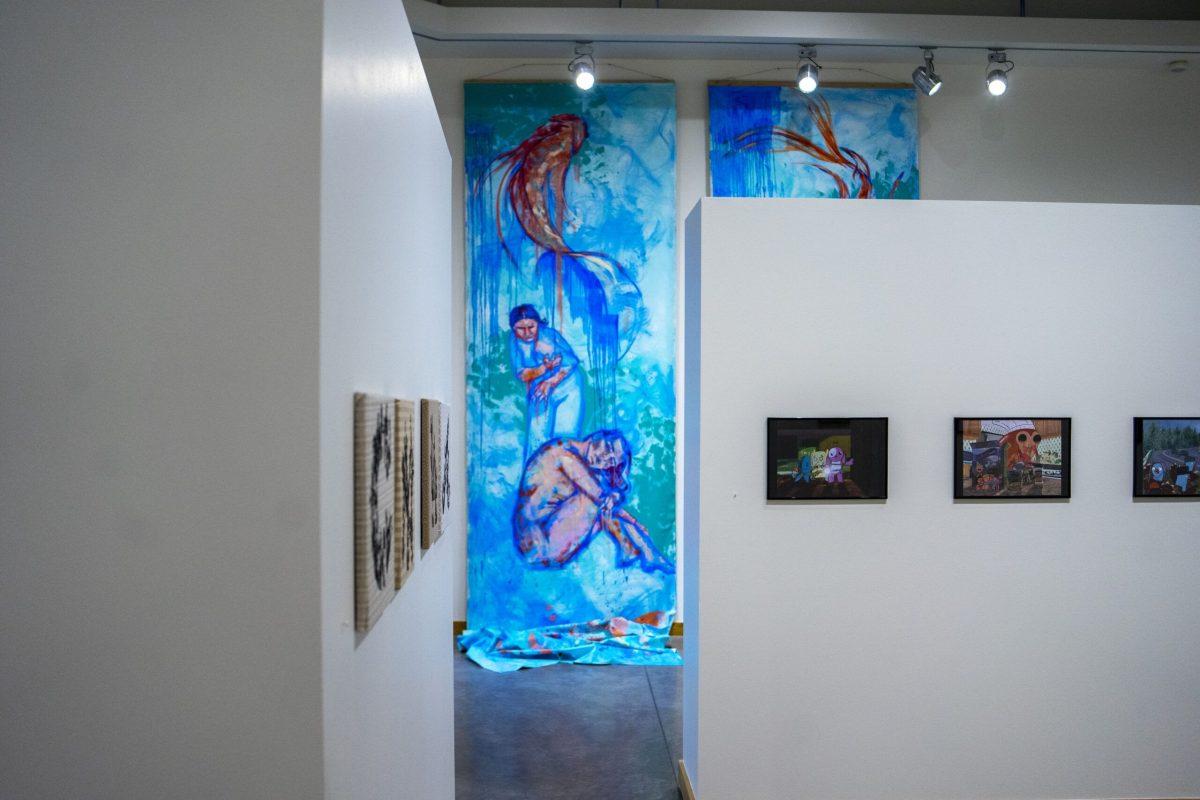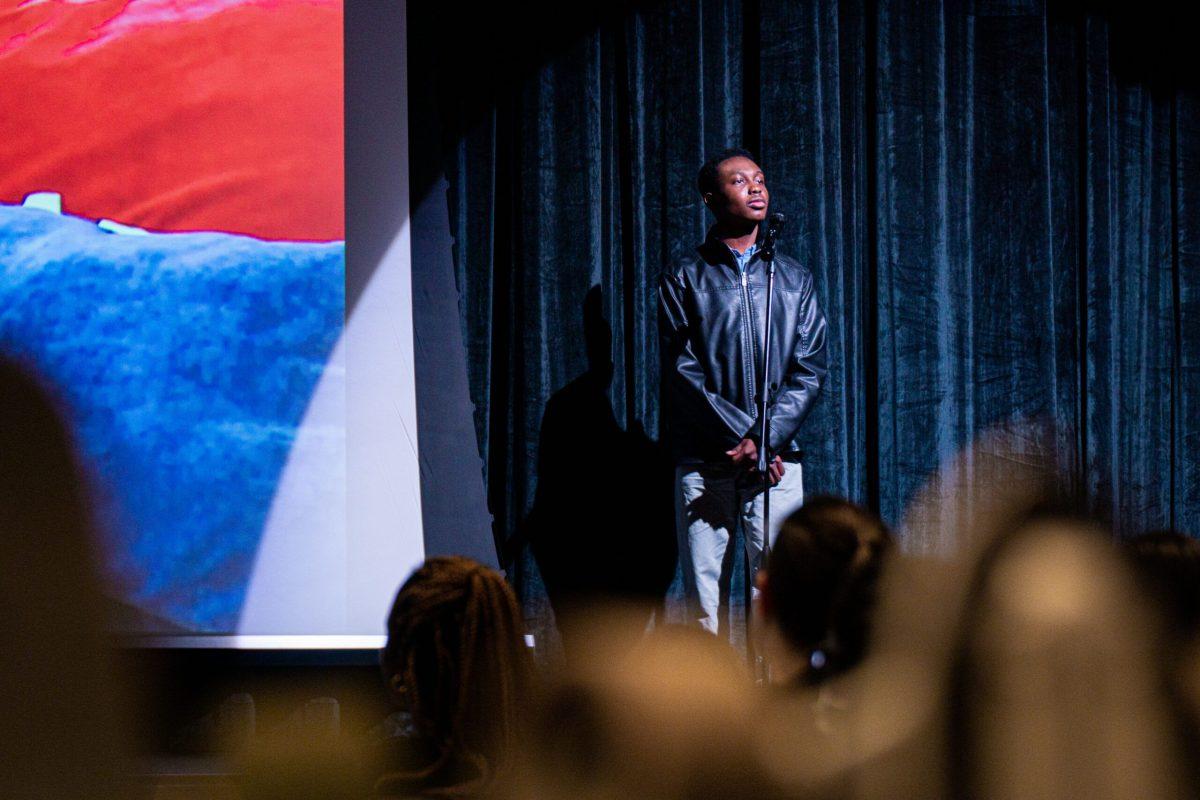
Everyone who visits campus in some capacity hears of the “Little Three“. During campus tours for prospective students, tour guides explain the Little Three to provide a taste of Whitworth University’s fun culture and environment.
But where did the Little Three come from? Are they at all in relation to the “Big Three” – Whitworth’s three main rules for on-campus conduct? How long has Whitworth had these traditions, and what meaning do they have? A conversation with Professor Emeritus Dale Soden, who spent much of his career at Whitworth compiling information about the University’s history, shed some light on these traditions.
According to Soden, these traditions aren’t documented. There can be speculations or guesses on where they came from, but there’s not a lot of concrete information.
“I think most of the time these things just kind of evolve out of earlier traditions,” he said. He explained that the continuity between the Big Three and Little Three likely has to do with the fact that “we have made such a big deal of the Big Three, then it becomes convenient to look for a Little Three.”
Regardless of what we do or don’t know, here’s what Soden theorizes:
Catching a virgin pinecone
The first Little Three tradition involves catching a pinecone just as it’s falling from one of the many pine trees that cover Whitworth’s campus. This particular tradition has likely been around for a long time. Soden speculates it may have “been around for at least [the last] 50 years” as he knows somebody who was a student in the 70’s and remembers this tradition.
“It’s not new, but it’s relatively unique to our campus with all these pine trees,” he said. “We talk about the pinecone curtain, and [we found] a ritual that actually is tied to the physical campus itself.”
Breaking a plate in the dining hall
The second phase of the Little Three is to unintentionally drop and break a plate in Whitworth’s dining hall. When this happens, it is tradition for the entire dining hall to break into applause.
The breaking of a dining hall plate may have the most interesting historical background. It has likely been around for a similar amount of time as the pinecone catching. However, what is unique to this tradition is the possibility that it may have started as an act of rebellion.
Soden theorizes that breaking a dining hall plate may go “back to the point at which women had to formally dress for Sunday dinner and had a kind of formal place setting.”
Soden posits that it’s possible the breaking of the plates was “a kind of pushback on the formality of the dining hall rules.” In that way, “[breaking a plate was] kind of a marginally rebellious act” because it wasn’t very punishable.
Of course, now we celebrate it, with the dining hall erupting with applause every time a broken plate crashes to the floor, but it may have started as a “kind of passive resistance,” as Soden calls it.
Getting hit in the head with a frisbee
Apparently, this is actually a new addition to the Little Three. In previous years, the third part of the Little Three was getting a “ring by spring,” according to a 2022 article written by “Whitworthian” staff writer and current Opinions Editor Grace Uppendhal.
But now, rather than securing a marriage proposal before one graduates, students aim to get hit in the head with a frisbee before they graduate. Common rules surrounding this Little Three tradition are that you cannot aim to be hit in the head with a frisbee, and you cannot be playing frisbee when it happens.
Soden says it’s possible this addition was made “in the last 10 to 15 years.”
Soden is glad for the switch because he feels that ring by spring comes out of “conservative Christians [that] are interested just in getting married,” he said. He added that “college still presents the best opportunity to find someone who shares your basic values and goals.”
While a little more dangerous for our brain cells, at least this new tradition doesn’t pose any societal pressures to, in Soden’s words, “find a life mate.”
No matter the truth in these stories, the Little Three have now evolved to be a fun tradition and a hallmark of students’ experiences at Whitworth University. There may be some difficulty in finding where they come from, but nonetheless, the theories are fascinating.

